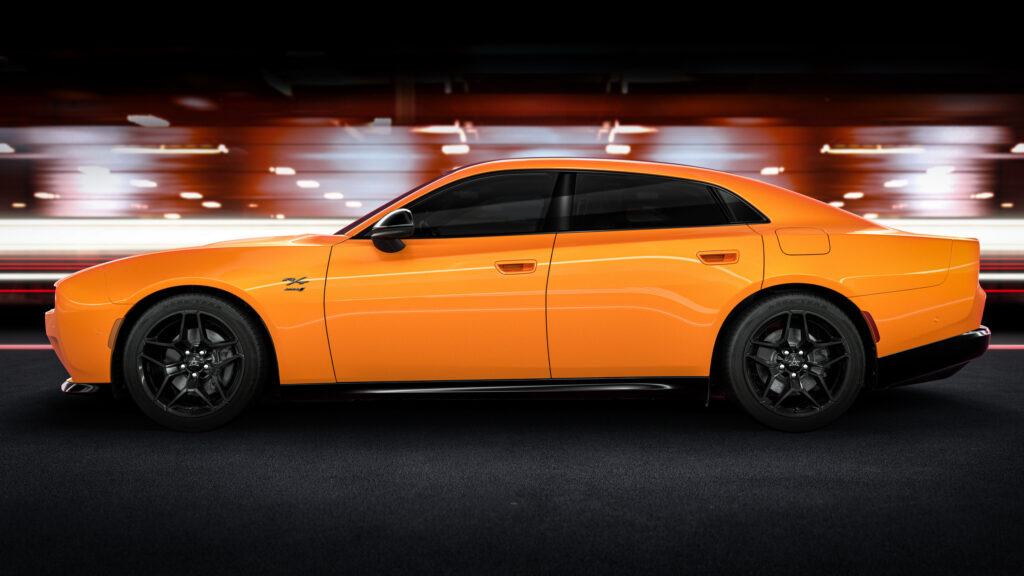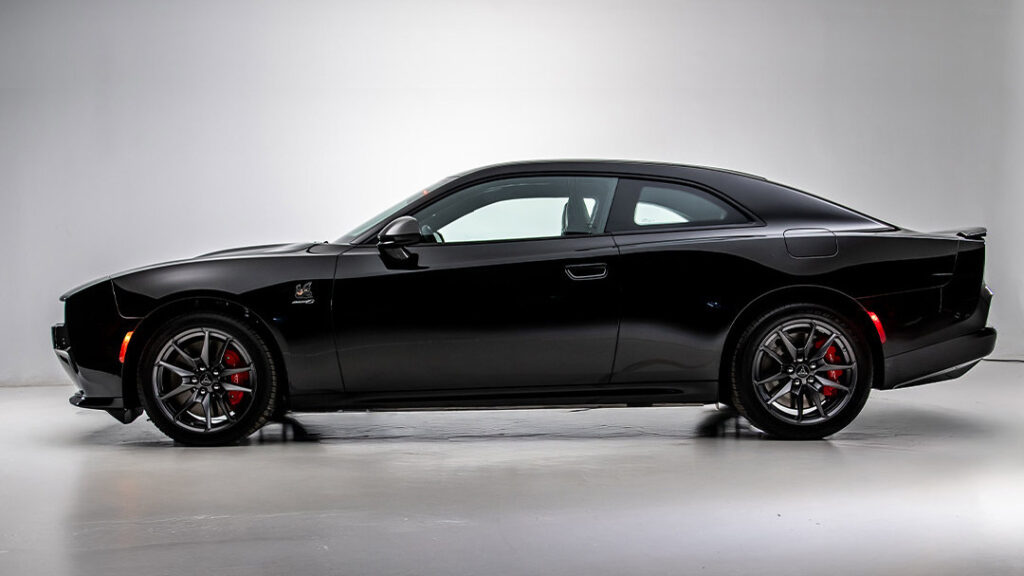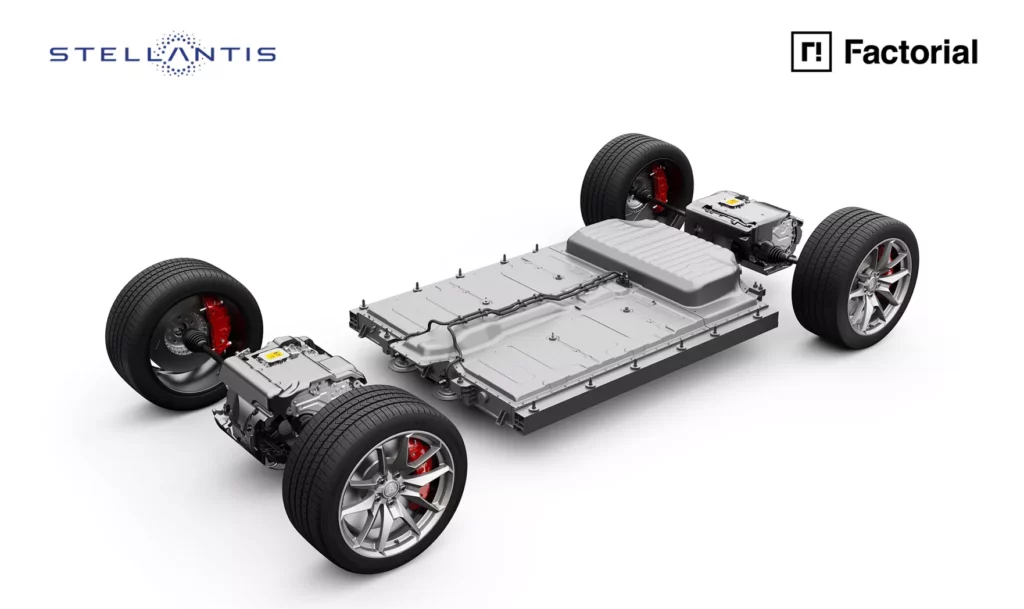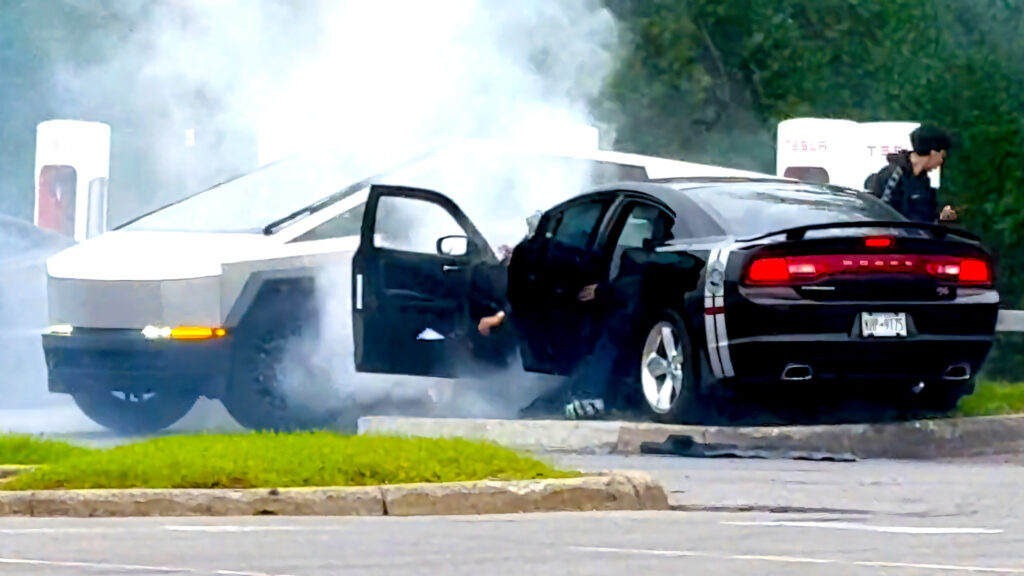Dodge Shifts Production Gears To Gas Chargers After EV Falls Flat

- Starting next week, the Windsor Assembly Plant will resume two full-time shifts.
- Production of both two-door and four-door Charger models will ramp up in Q3.
- The six-cylinder models are expected to attract a strong demand from buyers.
With the all-new, all-electric Charger Daytona, Dodge had likely hoped it could usher in a new era of muscle cars. However, the reception to the new model is poor, so much so that the carmaker has already scrapped the base R/T version, leaving it with just a single electric Charger on sale. Combine this with the U.S. administration’s plans to drop EV incentives and relaxing emissions regulations, and it seems the electric Charger couldn’t have launched at a worse time.
But, Dodge has a second option to fall back on: the gas-powered version of the Charger. It doesn’t have a V8, but a 3.0-liter twin-turbocharged six-cylinder, and will likely prove crucial as to whether the new Charger is a success or a flop. Dodge is reportedly ramping up production of both the ICE two-door and four-door Chargers at its Windsor Assembly Plant, allowing the site to return to two shifts.
Read: It’s Official, Dodge Is Killing The Electric Charger Daytona R/T
Dodge’s Canadian plant has been running on just a single shift for a while now, but starting June 23, it will ramp up to two shifts, with a planned two-week shutdown from August 18, Windsor Star reports. Sam Fiorani from AutoForecast Solutions told the publication that production of the two-door ICE Charger is expected to hit “quadruple digits” by September, while the four-door version is expected to reach full volume later in the third quarter.
“The (Charger) EV rollout was relatively uneventful,” Fiorani told Windsor Star. “It’s a great product, but the market for that vehicle wants gas-powered engines. The changing emission regulations in the U.S. have allowed for more gas-powered engines. The focus on the ICE variants is going to be much stronger than it had initially been planned.”

V8 in the Cards?
Not only will the gas-powered Charger appeal to more traditional muscle car enthusiasts, but Fiorani also expects it to prove much more appealing to fleet buyers than the EV.
Then there’s the matter of the V8. While Dodge is reportedly investigating whether they can fit a Hemi into the Charger’s STLA Large platform, Fiorani cautions that production data has yet to confirm whether that’s possible.
Earlier this month, some reports suggested a prototype with a V8 was spotted, but whether it’s a real possibility or just wishful thinking remains unclear. However, with Ram resurrecting the Hemi V8, it wouldn’t be entirely surprising if Dodge decided to bring back the classic muscle car engine for the Charger. The V8’s return would certainly resonate with enthusiasts who still want to hear the roar of a big engine under the hood.


















